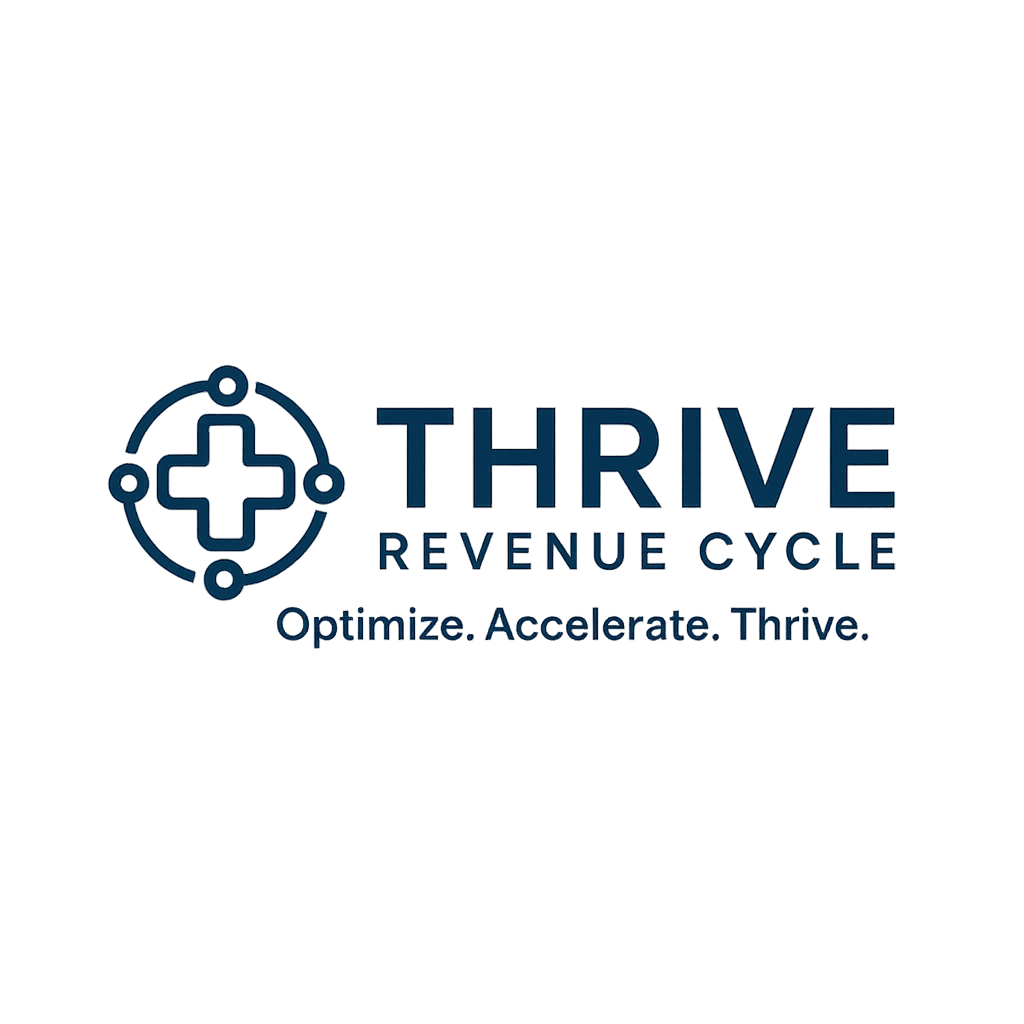Your cart is currently empty!
Why Staying Current Feels Impossible
Keeping up with payer policies and government regulations used to be a quarterly task.
Now, it’s a weekly scramble.
From CMS’s 2025 Final Rule to mid-year commercial payer policy edits, the volume and velocity of change in healthcare billing is staggering.
What’s making this harder:
- CMS and state Medicaid programs update outside the annual calendar
- Commercial payers tweak medical policies or edit logic with limited notice
- Clearinghouses and EHR vendors don’t always push updates automatically
- Small billing teams are overextended and under-resourced
The result?
Claims get denied, money gets left on the table, and audit risk quietly builds behind the scenes.
The Risks of Falling Behind
When billing teams can’t keep up, organizations face:
- Increased denials for outdated codes, modifiers, or documentation gaps
- Missed revenue from underbilling or failing to update fee schedules
- Higher audit risk from repeated compliance oversights
- Staff burnout from constantly reworking claims
And in a post-pandemic environment, payers are becoming less forgiving—not more.
Solution: A Quarterly Internal Compliance Audit
Rather than trying to catch every change in real-time, smart organizations are implementing quarterly internal compliance audits to:
✅ Identify where workflows or billing logic no longer align with current regulations
✅ Flag patterns before payers or auditors do
✅ Build a culture of proactive, not reactive, compliance
How to Build a Quarterly Compliance Audit in 5 Steps
You don’t need a full compliance department to get started. Use this simple framework:
1. Choose Focus Areas for Each Quarter
Rotate topics such as:
- Modifier usage
- Telehealth rules
- Evaluation & Management coding
- Medicaid vs. Medicare billing variances
- Documentation adequacy
2. Sample a Meaningful Set of Claims
Pull 25–50 claims per focus area per quarter:
- Include a mix of payers and providers
- Focus on high-volume or high-risk CPTs
3. Use a Standard Audit Template
Audit each claim for:
- Code accuracy
- Payer-specific policy alignment
- Supporting documentation
- Authorization and eligibility
4. Document Findings and Score the Risk
Use categories like:
- Compliant
- Minor error (educational)
- Major error (financial risk)
- Systemic issue (needs workflow change)
5. Present Results and Build Action Plans
- Share summaries in monthly RCM or compliance meetings
- Assign fixes to owners with clear timelines
- Track improvement quarter-over-quarter
Pro Tip: Don’t Audit Alone
Involve billing staff, providers, and coders in the process.
This builds buy-in, spreads accountability, and ensures education sticks.
Final Thought
Compliance isn’t just about accuracy—it’s about consistency.
With payers changing fast, you can’t afford to play catch-up.
✅ Audit what matters
✅ Identify gaps early
✅ Fix workflows before they become problems
A quarterly audit rhythm creates calm, control, and cash flow stability in an otherwise chaotic billing environment.

